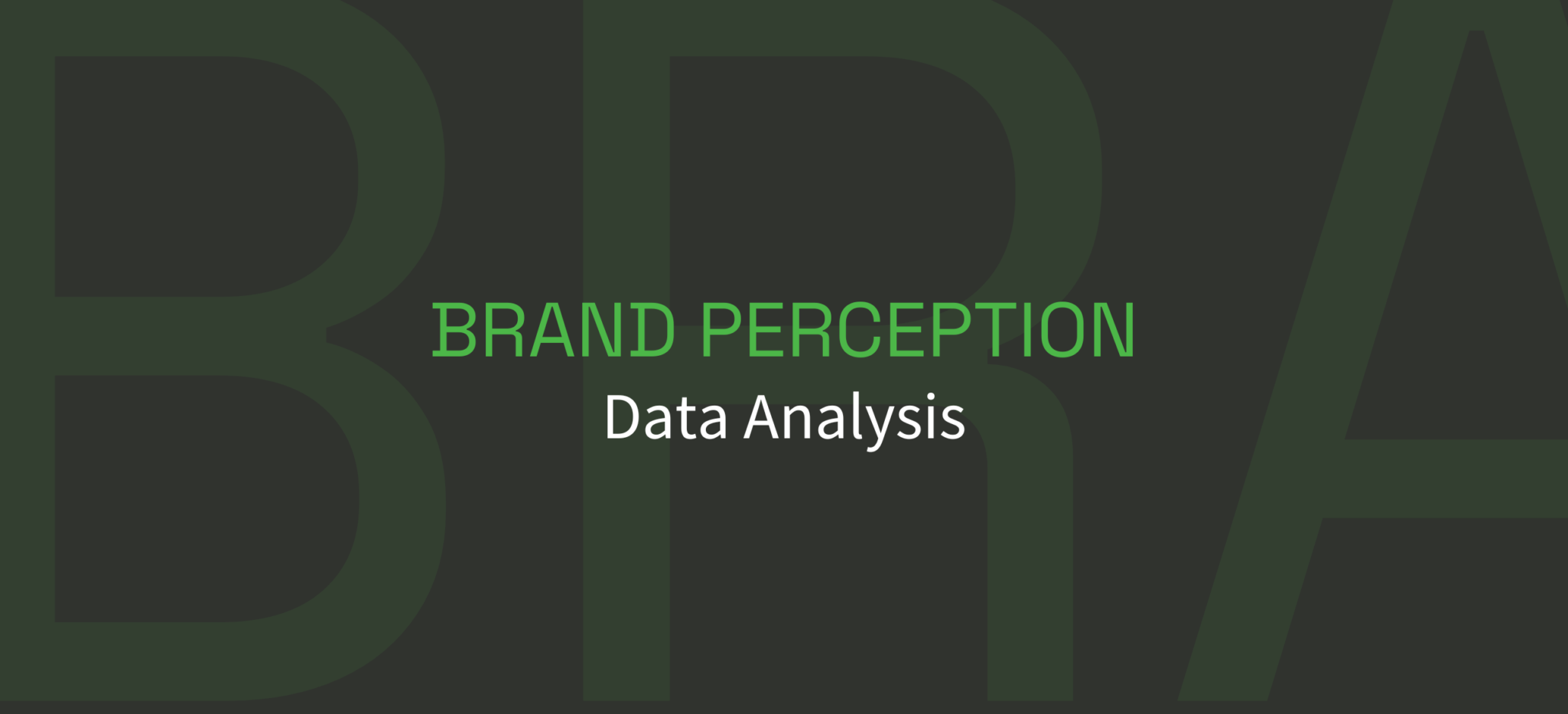
Brand Perception Analysis: Conducting a Comprehensive Assessment for SaaS Success
Brand Perception Analysis helps Saas companies identify the gaps between the intended brand identity and the actual impression you leave on users and stakeholders. It’s not just about aesthetics or a catchy tagline; it’s about understanding trust, loyalty, and the emotional connections formed with your audience. Companies that fail to recognize negative brand perception risk losing marketshare to competitors who are more in tune with their customers’ needs.
The Importance of a Comprehensive Overview
While first impressions matter, ongoing Brand Perception Analysis ensures your SaaS product evolves in line with customer expectations. This involves more than just qualitative feedback—it requires data-driven insights into customer sentiment across various channels. For instance, social media monitoring, user surveys, and support ticket trends can reveal recurring issues and sentiments that shape how your brand is viewed.
One of the ways successful SaaS companies achieve this level of insight is through robust analytics platforms like HubSpot. HubSpot’s analytics suite goes beyond simple website traffic metrics; it allows you to track user behavior, engagement with marketing assets, and overall satisfaction over time. By leveraging these insights, you can make adjustments to your product messaging, pricing, and customer support strategies, ensuring that your brand stands out positively in a crowded market.
Unpacking the Role of HubSpot Analytics
HubSpot analytics can be instrumental in your Brand Perception Analysis because it provides a centralized hub for all customer interactions. From email open rates to content downloads, each interaction paints a picture of how your customers perceive and engage with your brand. When integrated properly, HubSpot can also pull social media mentions and comments, helping you track brand sentiment in real-time.
A compelling example from HubSpot’s case studies involves a SaaS provider that leveraged HubSpot’s analytics to refine its brand messaging after noticing declining click-through rates. By analyzing user engagement data, they identified a mismatch between customer expectations and the marketing campaign’s tone. The provider promptly adjusted their messaging to highlight product features customers most valued, effectively reversing the negative perception. This led to an uptick in conversions and increased customer loyalty—one of the clearest signs that Brand Perception Analysis had paid off.
Identifying Key Metrics
When conducting Brand Perception Analysis, metrics such as Net Promoter Score (NPS), Customer Satisfaction (CSAT), and even Customer Effort Score (CES) can be pivotal. These key performance indicators reflect how customers feel about your brand and whether they would recommend your product to others. HubSpot offers dashboards to monitor these metrics alongside sales and marketing data, giving you a holistic view of brand health.
Social listening is another crucial component. Monitoring social platforms, review sites, and community forums can give you qualitative data on what users genuinely think of your brand. By combining this qualitative feedback with quantitative data from HubSpot analytics, you can pinpoint areas of improvement or strengths to amplify in your marketing campaigns.
The Power of Consistent Feedback Loops
One of the biggest mistakes SaaS companies can make is treating Brand Perception Analysis as a one-time event. In reality, brand perception evolves over time. That’s why it’s essential to set up a continuous feedback loop. Regularly survey your customers, monitor online discussions, and evaluate user engagement metrics. HubSpot simplifies this process by automating surveys, tracking responses, and generating reports that highlight brand sentiment trends.
Moreover, API integrations with HubSpot make it even easier to streamline your data sources. For instance, if you use a separate customer support platform or an external analytics tool, you can integrate it with HubSpot. This ensures that all relevant brand perception data—whether it’s customer support resolution times or product usage frequency—flows into a centralized dashboard. 9H Digital specializes in implementing these integrations seamlessly, ensuring you don’t miss any critical insights.
Strategies to Improve Brand Perception
Once you have the data, it’s time to take action. Focus on customer support responsiveness, transparent communication, and product improvements that align with user feedback. HubSpot workflows can automate personalized follow-ups for dissatisfied customers, providing them a channel to share their concerns and feel heard. This proactive approach not only improves individual experiences but can significantly enhance your reputation within the broader user community.
Another effective tactic is to showcase positive testimonials and case studies. Just as HubSpot’s case studies demonstrate how real-world companies have achieved success, you can leverage your own success stories to highlight the tangible benefits of your SaaS solution. Make sure these stories are readily available on your website, social media, and email marketing campaigns. Users want to see evidence of real results—nothing improves brand perception like authentic endorsements from satisfied customers.
Building a Brand Perception Roadmap
Ultimately, Brand Perception Analysis should culminate in a roadmap. This roadmap outlines specific initiatives—such as feature updates, new marketing campaigns, or improved onboarding flows—that address the gaps revealed in your analysis. By setting clear objectives and timelines, your team can tackle these changes systematically. Always revisit your roadmap to measure progress. If new metrics show that customer sentiment has improved, you’ll know your tactics are working. Conversely, if sentiment remains unchanged, you can pivot more quickly.
Frequent communication within your organization is also vital. Customer success teams, product managers, marketers, and developers should all be aligned on brand perception goals. For instance, if customers frequently complain about complexity in the user interface, the product team should prioritize UX improvements. If marketing messages are out of sync with real product capabilities, the marketing team should realign the narrative. The synergy between teams accelerates brand perception improvements.
Conclusion and Call to Action
Investing in Brand Perception Analysis is not a luxury—it’s a foundational step toward building a sustainable and customer-centric SaaS brand. By leveraging powerful tools like HubSpot analytics and connecting them with real-world feedback, you gain the clarity needed to refine your messaging, improve your product, and elevate the overall customer experience. The result is a stronger, more resilient brand that not only meets customer expectations but delights them at every turn.If you’re ready to take your SaaS brand to the next level, or are considering integrating HubSpot with your existing platforms for a seamless flow of brand perception data, we can help.
At 9H Digital we specialize in API integrations with HubSpot and can tailor a solution that works for your unique needs. For a one-on-one consultation on improving your brand’s perception, reach out directly to Ale, our HubSpot specialist at 9H Digital—and begin shaping the conversation around your SaaS brand today.
Similar articles you might be interested in

The Role of Monthly Recurring Revenue in Driving SaaS Growth
Monthly Recurring Revenue (MRR) is one of the most important metrics in the ever-changing world of Software as a Service (SaaS). It shows how a company is doing financially and how it plans to grow. MRR is a way to...

Strategies for Re-engaging Churned Customers: Turning Losses into Gains
In the world of SaaS (Software as a Service), success isn’t solely defined by the number of signups or the initial revenue — One of the most critical, and often misunderstood, metrics is Customer Lifetime Value (CLV or LTV). While...

Marketing AI: Is It Going to Take Your Job?
In the ever-evolving landscape of marketing, Artificial Intelligence (AI) has emerged as a pivotal force, fundamentally transforming how brands interact with consumers, research, analyse data, and ultimately, make decisions. As AI technologies become increasingly sophisticated, many professionals are feaarful and...
